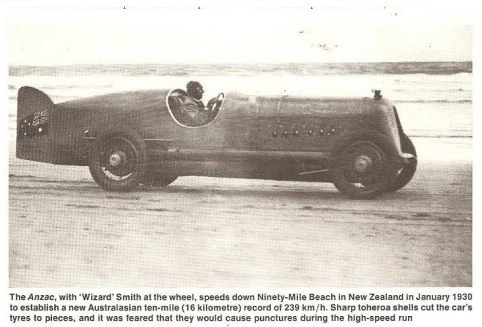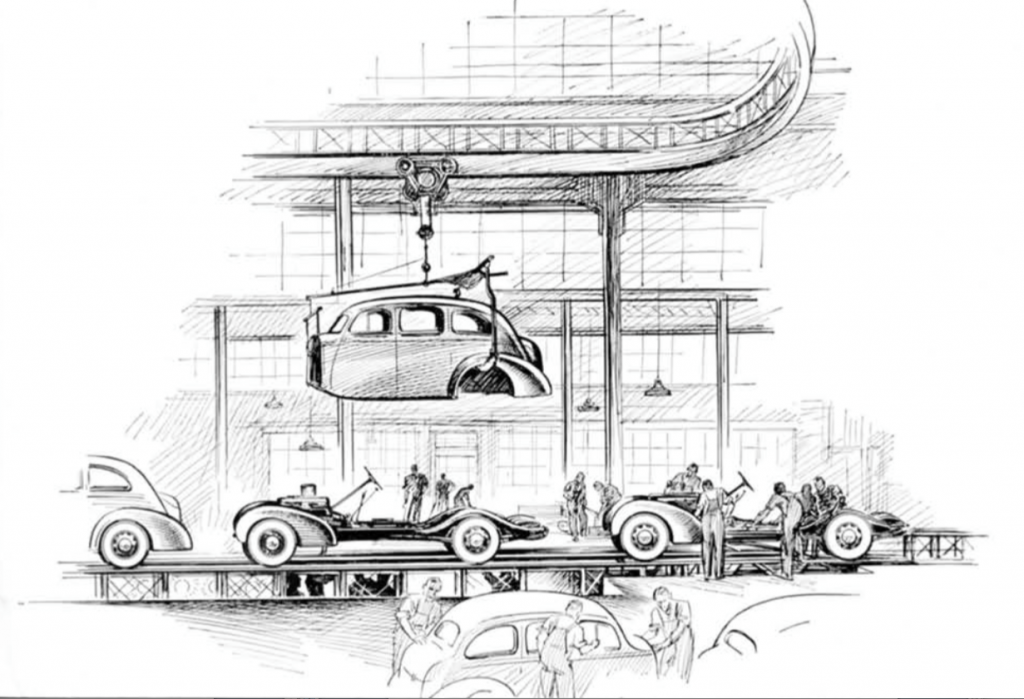HOSTED BY THE MARRICKVILLE HERITAGE SOCIETY
Cycling Communities: Cycling clubs in Sydney, 1860s-2000s’
Date: Sat 24 Nov at the Herb Greedy Hall, Petersham Road.
Time: 10:30am -12:00pm
Speaker: Dr Marc Rerceretnam, Cyclo-historian
The formation and popularity of bicycle clubs in Australia closely reflects the costs of purchasing a bicycle. In the 1860s it was largely a pastime for the rich and affluent, and by the 1890s it widened to include the middle classes. However by the turn of the twentieth century, with the rich and middle classes smitten with new motorized transportation like automobiles and motorcycles, opportunities to own a bicycle opened up for the first time to the working classes. As a result bicycle clubs flourished throughout the Australian social landscape. The decades following the Second World War saw growth in wealth and the growing affordability of personal motorized transportation. By the 1960s and especially in the 1970s, bicycle users turned away from the low tech bicycle towards the now affordable automobile. However by the 1990s and 2000s the bicycle acquired new meanings, practicalities and charm of bicycles were discovered yet again by new affluent professional classes.

Waratah Rovers Club 1 – Frank Walker glass slide collection, RAHS

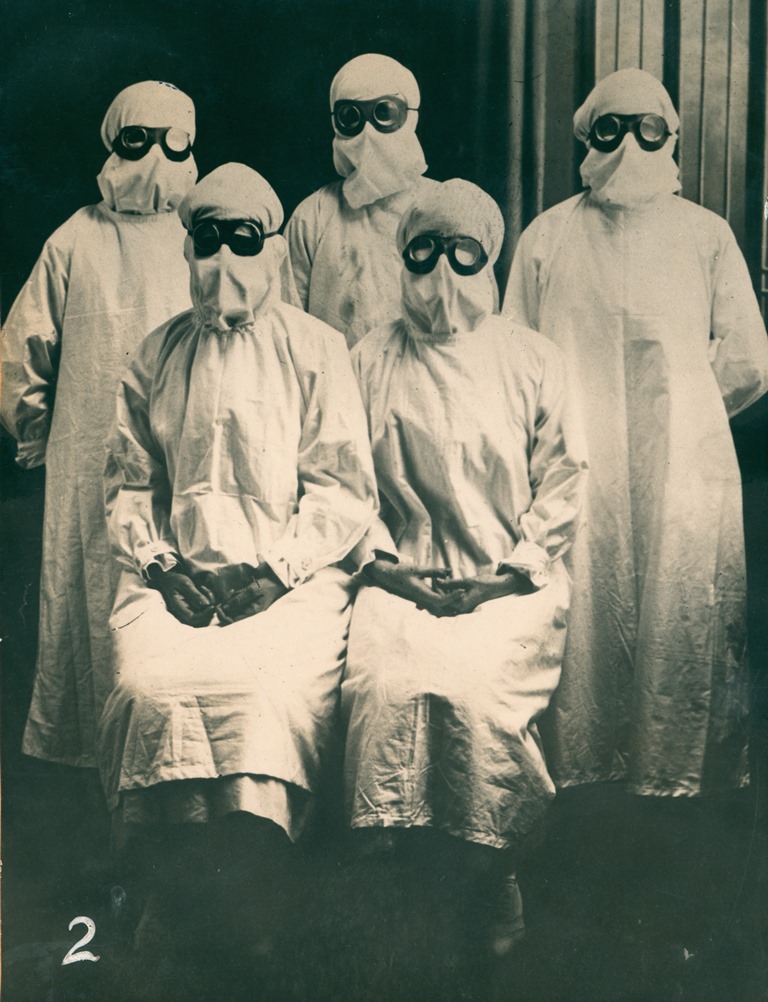
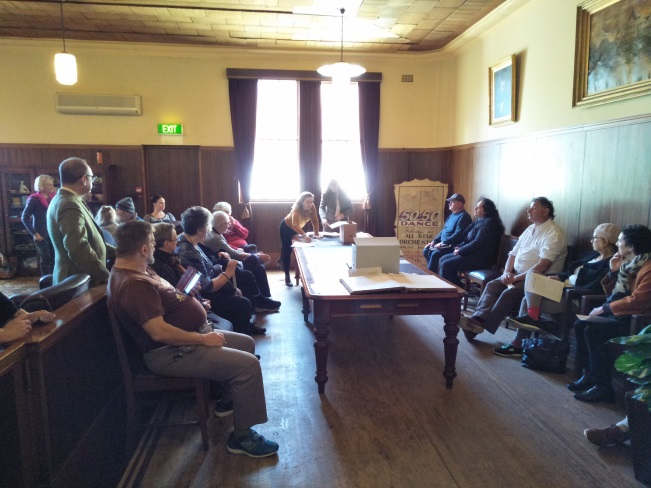
![Marrickville Council Infectious Diseases Register [photo courtesy Dr Peter Hobbins]](http://localnotes.net.au/wp-content/uploads/2018/10/Pneumonic-plague-2-1024x766.jpg)
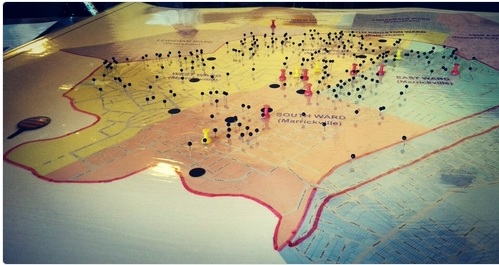
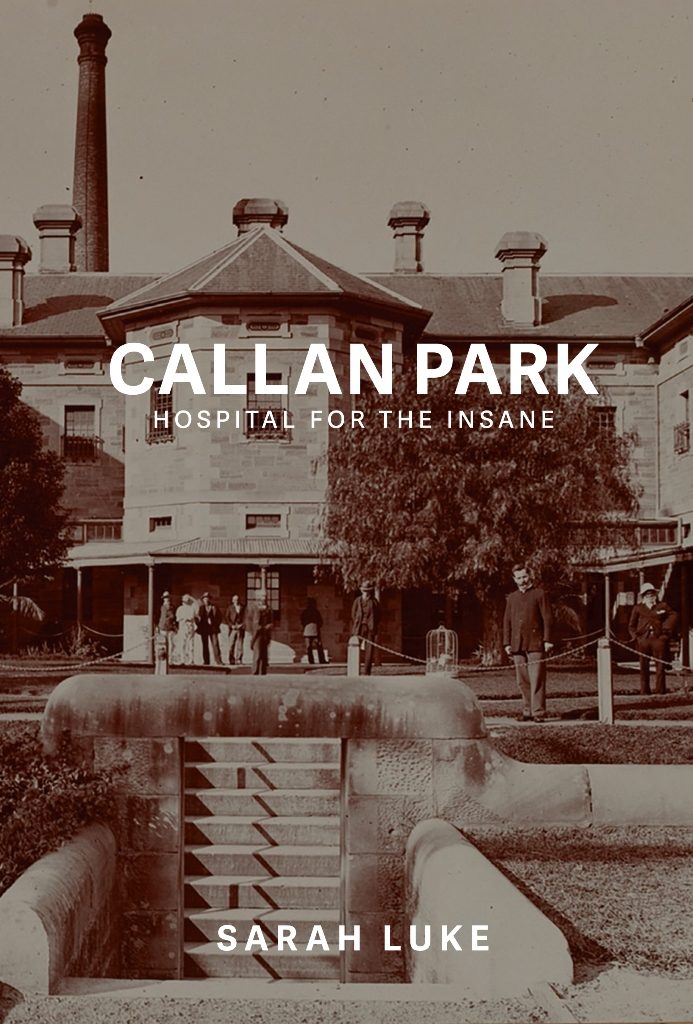 Sarah’s book explores the early history of the old Callan Park Lunatic Asylum, using Victorian-era medical files to explore the lives of its patients and staff. Discover the workings of the madhouse – from the tiny mansion originally used to house Sydney’s insane – to the magnum opus asylum that was the Kirkbride Complex.
Sarah’s book explores the early history of the old Callan Park Lunatic Asylum, using Victorian-era medical files to explore the lives of its patients and staff. Discover the workings of the madhouse – from the tiny mansion originally used to house Sydney’s insane – to the magnum opus asylum that was the Kirkbride Complex.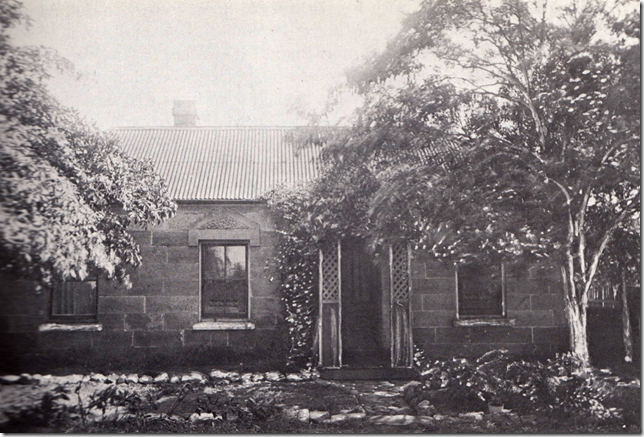 Louisa Lawson set up her printing press here and according to a
Louisa Lawson set up her printing press here and according to a 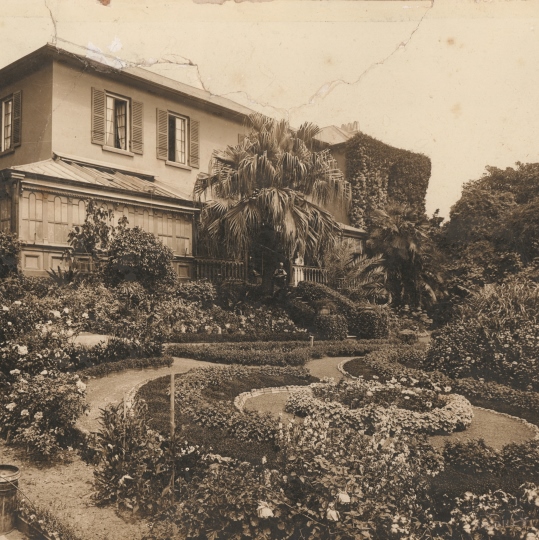
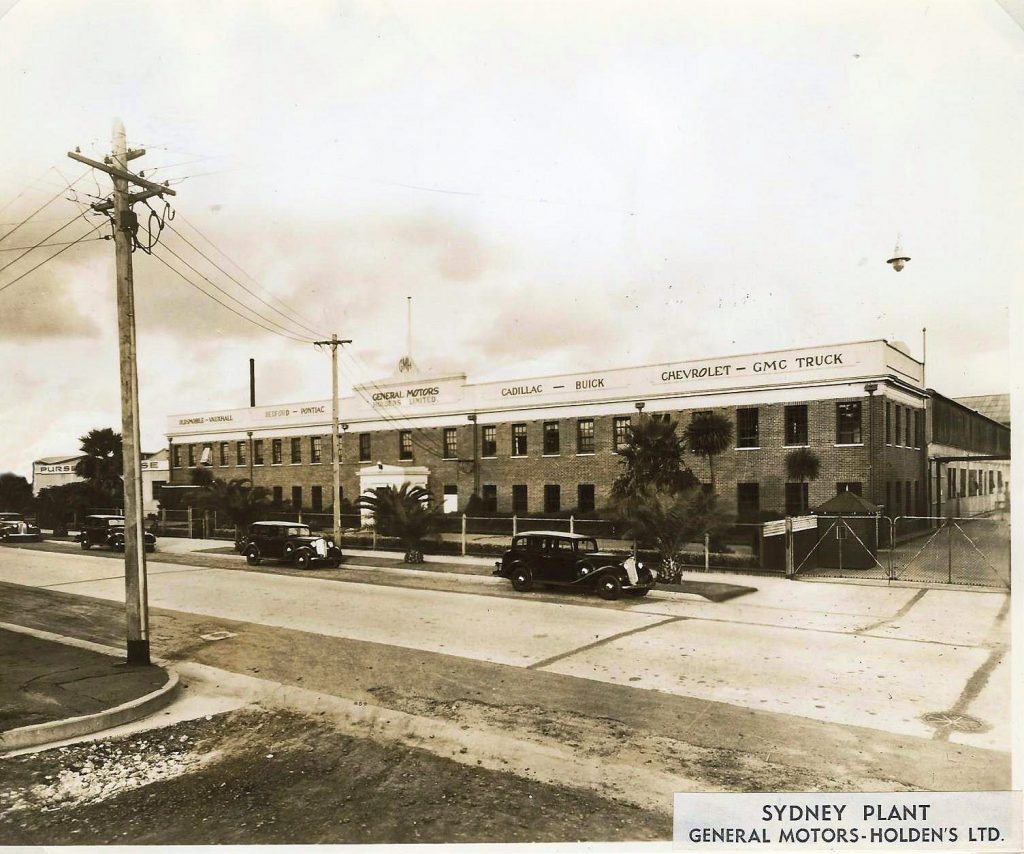
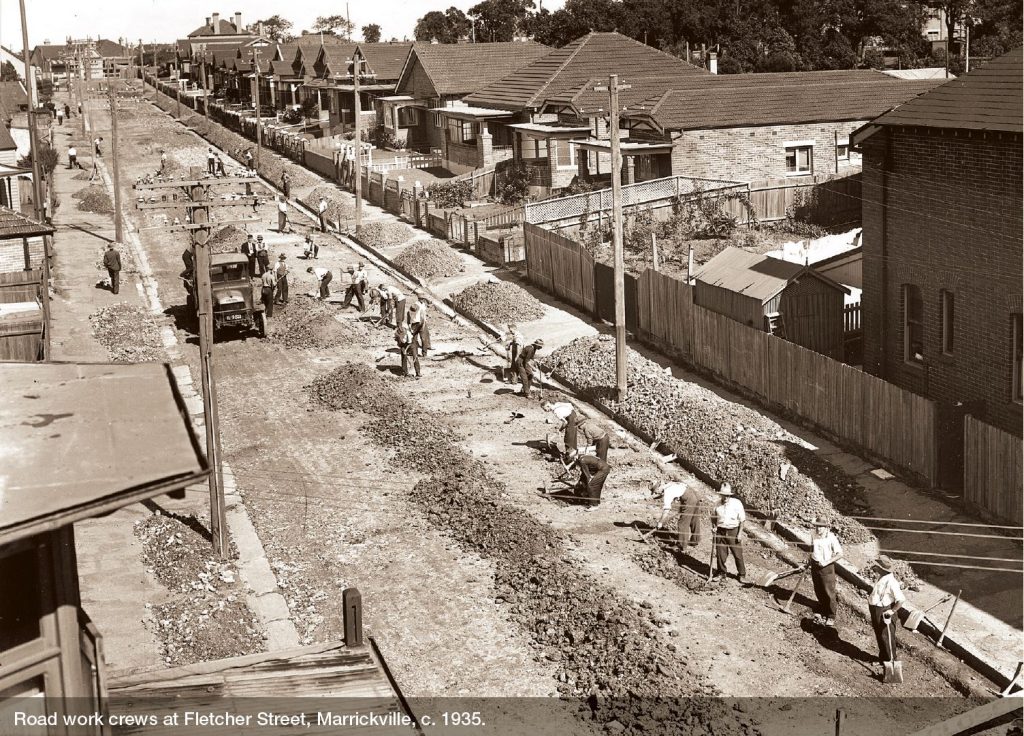
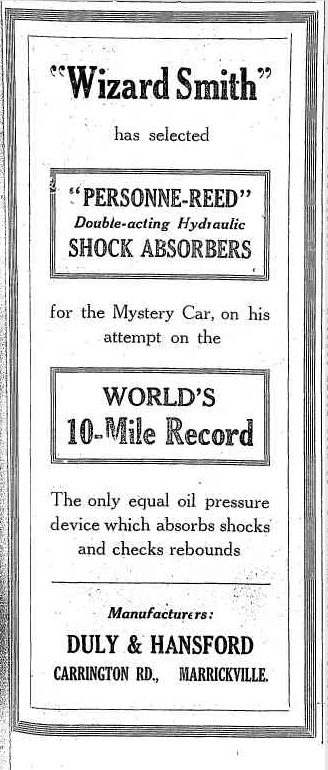 Duly and Hansford opened its factory on 1 February 1927, when Mr Duly boasted the firm was “now in a position to supply the wants of the whole of Australia with bright nuts and bolts.” This impressed Federal Minister for Trade and Customs, Mr Herbert Pratten, who officially opened the factory. Pratten was a supporter of local industry and Australian-made products. He said, “if you buy the home-made article you keep both your goods and your money. If you buy outside all you get is the goods.”
Duly and Hansford opened its factory on 1 February 1927, when Mr Duly boasted the firm was “now in a position to supply the wants of the whole of Australia with bright nuts and bolts.” This impressed Federal Minister for Trade and Customs, Mr Herbert Pratten, who officially opened the factory. Pratten was a supporter of local industry and Australian-made products. He said, “if you buy the home-made article you keep both your goods and your money. If you buy outside all you get is the goods.”